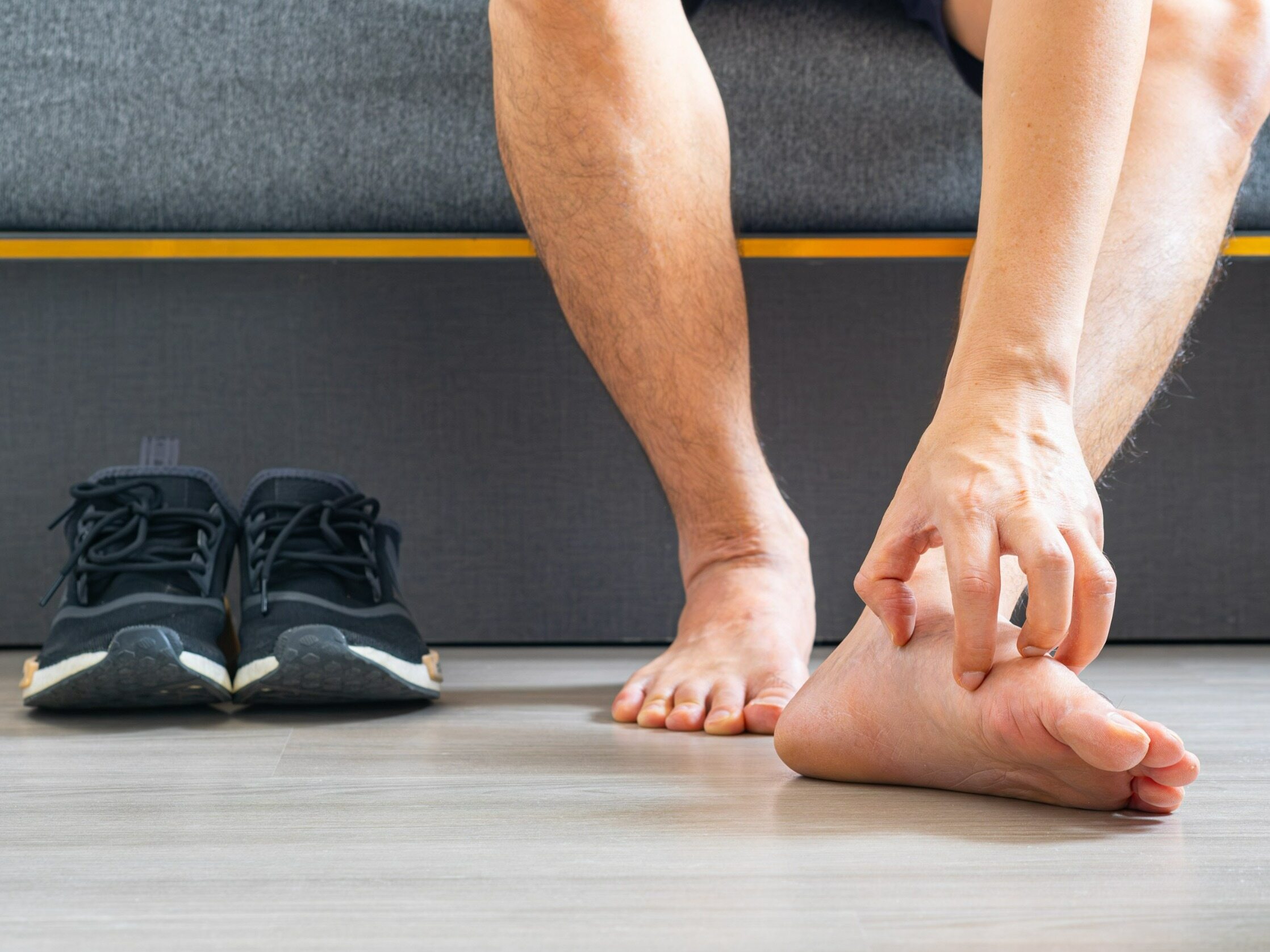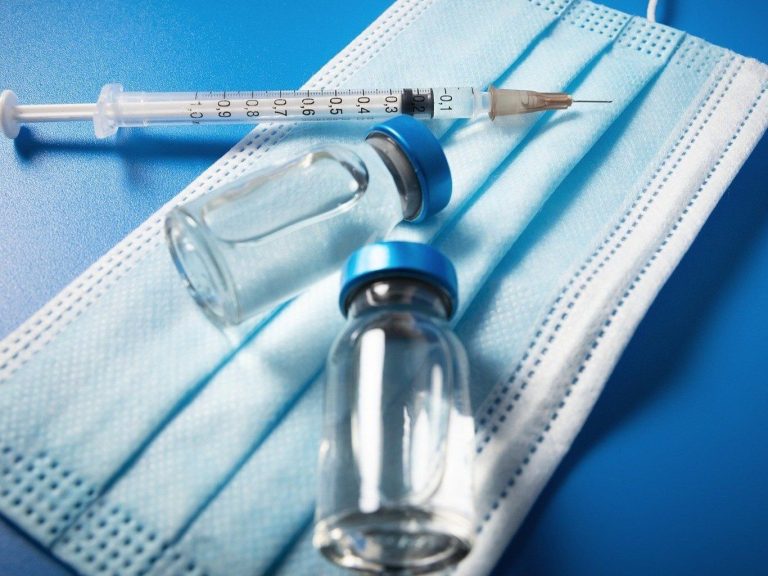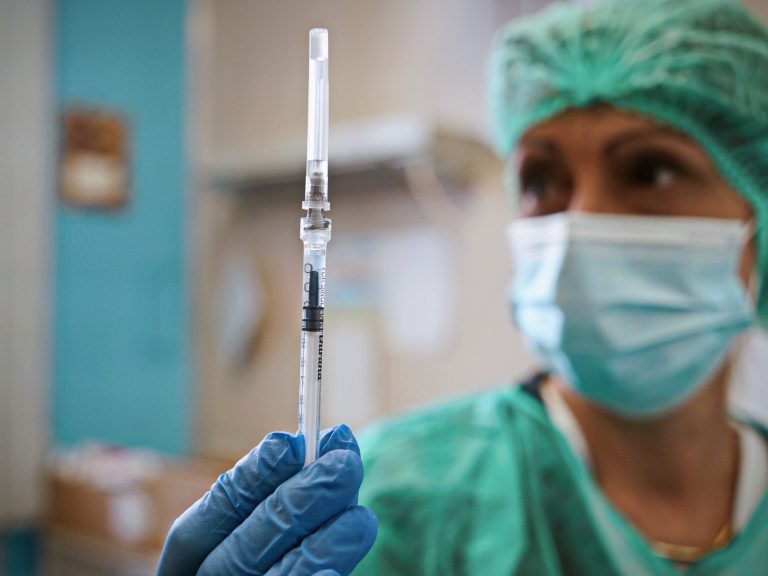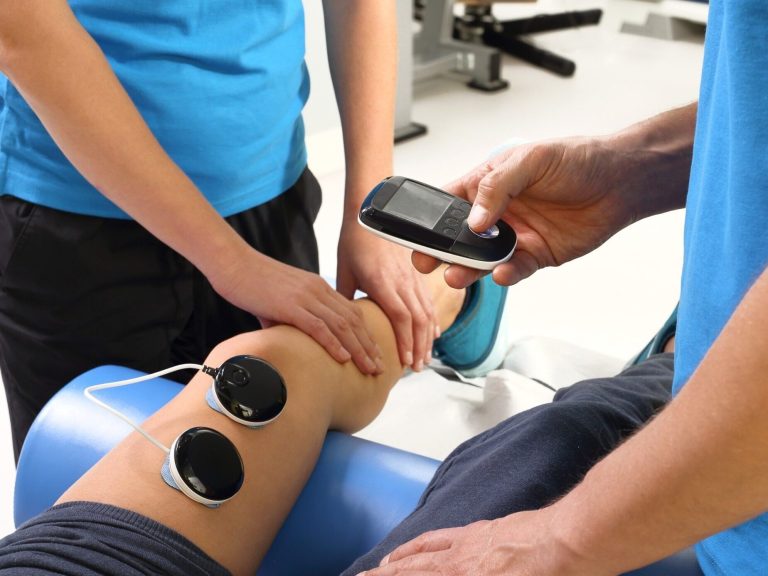Acute eczema – symptoms, causes, risk factors, prevention and treatment

Potnic eczema, otherwise sweating of the feet and hands, is a frequently diagnosed dermatological disease. The risk of its occurrence increases in allergy sufferers, e.g. to cobalt and nickel, as well as in people with excessive sweating and mycosis of the feet and hands. What is the characteristic symptom of acne eczema? How is his treatment going? We explain.
- What is and what does acne eczema look like?
- What are the symptoms of acne eczema?
- Sweat eczema – risk factors
- Acne eczema – can it be prevented?
- Diagnosis of acne eczema
- How to treat acne eczema?
Eczema, or eczema, is a superficial inflammatory condition of the skin that is caused by both extrinsic and intrinsic factors. One type of eczema is acne eczema. Several reasons for its development have been identified (one of them is allergy), but in many cases it is impossible to determine them.
What is and what does acne eczema look like?
Potnic eczema is a dermatological disease, the symptoms of which are skin changes in the form of small blisters. Blisters occur on the skin of the hands (especially on the sides of the fingers) and soles of the feet (especially on the arch of the foot). Eczema sweats is indicated by numerous vesicles filled with serous fluid or serous-purulent fluid. Changes in the form of vesicles and blisters are accompanied by severe skin itching.
The course of the disease can be acute or chronic. Eczema is most common in young and middle-aged people. Vesicles and blisters on the palms and soles of the hands and feet, which indicate sweating, are very rare in children.
Before a diagnosis is made and eczema is treated, a mycological examination for tinea of the hands or tinea pedis and an examination for erythema multiforme should be performed. Similar skin lesions may also indicate allergic contact dermatitis (contact eczema develops), therefore allergy testing should also be performed.
The appearance of itchy vesicles or blisters on the skin of the hands and feet, as well as other changes, e.g. erythema, pustules and papules, should prompt a visit to a dermatologist. It is worth knowing that untreated skin diseases not only hinder normal functioning, but can also lead to complications, e.g. bacterial superinfection.
What are the symptoms of acne eczema?
As already mentioned, the characteristic symptoms of potnic eczema are vesicles and blisters located on the skin of the hands and feet. These may be scattered, multiple vesicles or vesicles concentrated in one place.
The skin lesions cause itching, are deep-seated and symmetrical. Erosions, exfoliation spots, and scabs may form in place of bursting blisters. If the skin lesions become superinfected, vesicles filled with serous-purulent content appear.
Eczema of the hands and eczema of the feet are not only unsightly skin changes, but also troublesome ailments, so the symptoms indicating this dermatosis cannot be underestimated. In the course of untreated chronic sweating eczema, painful and difficult to heal ulcers and bacterial infections often occur.
Sweat eczema – risk factors
Sweat eczema most often occurs in spring and summer and in humid climates. The formation of skin lesions is promoted by, among others,
-
non-compliance with hygiene rules,
-
using inappropriately selected cosmetics for washing and caring for the skin,
-
wearing shoes made of non-breathable materials,
-
excessive sweating of the feet and hands,
-
fungal infection of the skin of the hands and feet.
Sweat eczema – causes
Not all causes of skin lesions typical of eczema are known. The development of the disease includes factors of external origin and factors of internal origin – in particular various allergens. According to many, the causes of diarrhea are:
-
atopic dermatitis,
-
contact allergy,
-
fungal infections causing allergic reactions.
Smoking and taking certain medications also have an impact on the occurrence and course (frequent recurrences) of sweat eczema. In the case of a pathological basis of potnic eczema, e.g. an allergic reaction to a fungal infection, the changes in the hands regress after treatment. The same applies to potnic eczema on the feet – curing mycosis means that the blisters and itching characteristic of potnic eczema gradually subside.
Acute eczema is relatively often caused by idiopathic causes – skin lesions may arise spontaneously or have an unknown cause. In many cases, the cause of itchy blisters cannot be determined.
Sweat eczema – can it be prevented?
Avoiding contact with allergens that cause skin lesions, as well as taking care of the hygiene of the skin of the hands and feet, play an important role in preventing the occurrence of eczema. You should avoid overheating your feet and use airy footwear that does not promote excessive sweating. It is also necessary to diagnose and treat skin lesions that may indicate athlete’s foot and hands, e.g. itchy and scaly lesions between the fingers and on the sides of the fingers. In the event of disturbing skin changes or troublesome ailments, e.g. skin itching and unpleasant foot odor, you should seek medical advice as soon as possible.
Diagnosis of sweat eczema
Before treatment is started, it is necessary to determine the cause of the disease and confirm the initial diagnosis based on the medical history and physical examination.
At the stage of diagnosing sweat eczema, the following procedures are performed: examination of scrapings to detect fungal infection. Sometimes it is necessary to take a sample for histopathological examination.
How to treat sweating eczema?
Treatment of eczema sweats involves the implementation of therapy for existing skin diseases, e.g. the use of antifungal drugs and the elimination of factors causing skin lesions. Most preparations used to treat eczema are prescription drugs, e.g. glucocorticosteroids with a local effect on the skin and oral antihistamines, which reduce itching and inflammation associated with allergies.
If large super-infected blisters develop on the skin, it may be necessary to cut them open and clean the infected skin and apply a topical antibiotic.
How else can you treat eczema? We can find various home methods to treat eczema, but they should not be used without first consulting a doctor. It is important to remember that proper skin hygiene and avoiding the use of cosmetics that may irritate the skin and cause allergic reactions have a significant impact on the course of treatment and the risk of disease recurrence.
Sources:
-
S. Jabłońska, S. Majewski, Skin diseases and sexually transmitted diseases, Wydawnictwo PZWL, Warsaw, 2013
-
Baran W., Szepietowski J., Reich A., Treatment of skin diseases and sexually transmitted diseases, PZWL Publishing House, Warsaw, 2008
-
Adamski Z., Kaszuba A., Dermatology for cosmetologists, Medical University of Warsaw Karol Marcinkowski, Poznań, 2008






